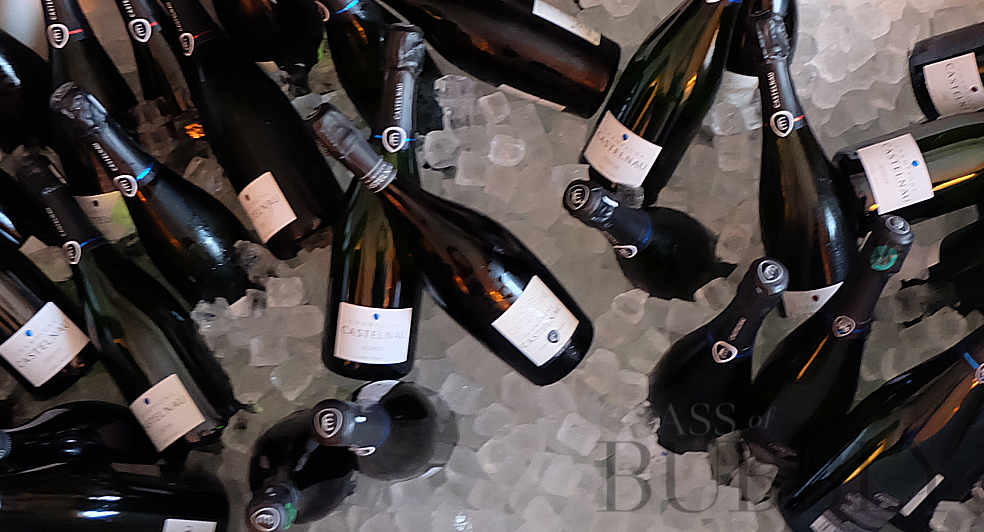Faking it & Break ins – Champagne Crimes
6th December 2016

In November thieves tried to rob a Champagne warehouse in Prunay. They fled empty handed when the alarm went off. There are crimes like this throughout the year but they tend to reach their peak with the approach to Christmas.
In 2012 the Plan Champagne was set up. This was a partnership between the police and Champagne makers. The threat begins with the raw material, grapes. 200 police were used to patrol the vines during the 2012 harvest. There was the possibility of theft by unscrupulous producers who wanted to make up for their lack of grapes in a bad year.
Thieves look for unprotected houses and can steal up to 6,000 bottles. It takes just 20 minutes to get away with 300 to 500 bottles. In 2009, 25,000 bottles were stolen. Police are willing to give advice on security, but this is sometimes ignored because of the cost of equipment. A Champagne maker in Rilly-la-Montagne was broken into five times. He then installed a security system which prevented a sixth attempt.
There’s also a constant threat for lorries delivering Champagne. One suggestion for making boxes less easy targets is to not label them.
Cognac and Champagne are the most counterfeited drinks. A fake bottle of Champagne contains sparkling wine that costs 2€-3€, but is sold for 8€-12€. One night club was reusing empty bottles of prestigious brands by refilling them with cheap sparkling wine and selling them to customers for 250€. A typical example of drinking the label. The danger, especially in developing countries is that counterfeiters add lethal ingredients.
Labels are the easiest way of duping potential customers. When Anselme Selosse was broken into in 2013 the thieves took 6,000 botles, 16,000 labels and some neck bands. The counterfeits though would have been easy to identify as the house luckily used distinctive black bottles. Technological developments are though now making fake packaging more realistic.
Stolen or counterfeit bottles are sold directly to customers attracted by lower prices. They are also sold on certain internet auction sites. Tracking systems are now being used to fight counterfeiting. You can use a smartphone on the codes on the corks and labels to get information on the history of a bottle starting with the parcel of vines used to make it.
You can get all the necessary information for recognizing real champagne here: www.champagne.fr
![]()
Jon Catt
Tour guide for the Champagne region who lives in Troyes. Specialising in family run Champagne house visits in the Aube and the Marne plus wine tours in the Yonne and Côte d'Or.
